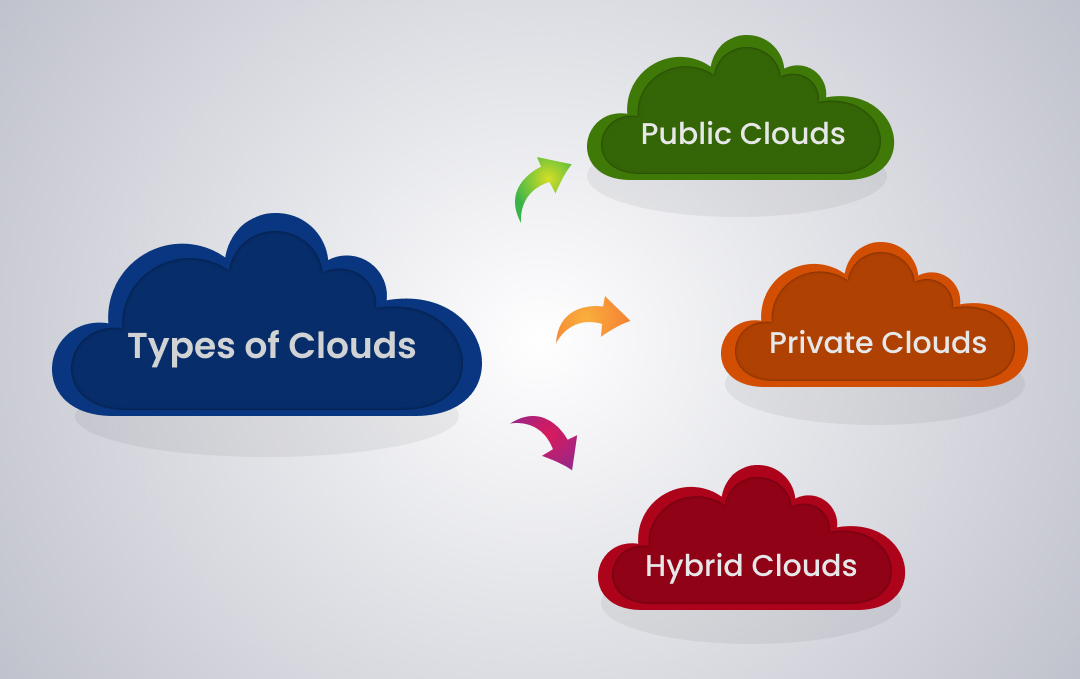Opening Success with LinkDaddy Cloud Services: Making The Most Of Universal Cloud Service Impact
Opening Success with LinkDaddy Cloud Services: Making The Most Of Universal Cloud Service Impact
Blog Article
Simplify Your Framework With Cloud Provider
As services navigate the ever-evolving landscape of modern technology and data administration, the role of cloud solutions in simplifying infrastructure has actually become significantly prominent. How can companies properly navigate this shift and genuinely unlock the possibility of cloud services for simplifying their facilities?
Advantages of Cloud Provider
Cloud services provide a streamlined approach to managing IT infrastructure, providing businesses with versatility, scalability, and cost-efficiency. One of the crucial benefits of cloud services is the scalability they supply.
Additionally, cloud solutions get rid of the need for organizations to purchase costly software and hardware. This cost-efficiency is a considerable benefit, particularly for small to medium-sized ventures looking to minimize in advance costs. By utilizing cloud solutions, organizations can access top quality IT sources without the large cost connected with traditional framework setups.
Additionally, cloud solutions give companies with the adaptability to access their data and applications from anywhere with a web connection. This degree of accessibility improves cooperation among groups, allows remote job, and raises total productivity. The adaptability provided by cloud services encourages organizations to adapt rapidly to altering market problems and customer demands.
Expense Financial Savings and Scalability
Along with the functional advantages highlighted earlier, the integration of cloud solutions right into a business's infrastructure yields considerable expense financial savings and boosted scalability. Cloud solutions provide a pay-as-you-go model, allowing businesses to scale sources up or down based on current requirements, consequently preventing the costs connected with maintaining excess ability. This flexibility allows firms to adjust promptly to fluctuating demands without incurring unneeded expenses.
Furthermore, cloud services remove the demand for ahead of time financial investments in hardware and software program, lowering resources expenses. Overhead are additionally reduced as business no more require to handle and preserve physical web servers, bring about lower power intake and IT staffing costs. In addition, cloud services supply automatic updates and maintenance, ensuring that the framework continues to be current and protected without calling for hands-on treatments.
Boosted Protection Actions
Implementing strict protection actions is critical when incorporating cloud services right into a firm's facilities to secure delicate information and ensure conformity with sector policies. Cloud service companies offer enhanced security attributes such as information encryption, firewall software defense, and multi-factor verification to alleviate cybersecurity dangers.
Additionally, routine safety audits and compliance assessments help ensure and identify vulnerabilities adherence to industry criteria. Firms can additionally take advantage of attributes like automatic protection updates and real-time hazard tracking provided by cloud solution suppliers. By focusing on security actions and staying aggressive in resolving possible risks, organizations can confidently utilize cloud solutions while safeguarding their beneficial data from unapproved gain access to or breaches.
Transitioning to Cloud Facilities
To successfully incorporate cloud services right into a company's framework, a structured technique that resolves the shift in the direction of cloud-based options is critical. Transitioning to shadow framework includes mindful preparation and implementation to guarantee a smooth movement process. The initial step is to examine the present framework and identify which applications and systems appropriate for movement to the cloud. This examination should think about variables such as information sensitivity, compliance needs, and efficiency demands.
When the evaluation is full, a view publisher site migration technique ought to be established. This technique needs to lay out the timeline, sources, and responsibilities for relocating each component to the cloud. It is important to connect this strategy clearly Learn More Here to all stakeholders to guarantee placement and lessen disruptions throughout the shift.
Throughout the movement screening, process and monitoring are vital to recognize and resolve any type of problems quickly. Regular checkpoints need to be established to track progression and make needed modifications. Additionally, training for staff members on utilizing cloud services ought to be supplied to guarantee a successful transition and optimize the benefits of the new infrastructure.
Finest Practices for Cloud Adoption
Effective fostering of cloud solutions depends upon the strategic alignment of organization purposes with technological capacities and organizational readiness. To make sure a smooth transition to the cloud, companies need to begin by conducting a thorough evaluation of their existing infrastructure and determining which work are best matched for cloud migration. It is essential to involve essential stakeholders from different divisions in the decision-making process to get buy-in and address any type of worries at an early stage.
One more ideal technique for cloud adoption is to focus on security and compliance. Organizations needs to very carefully evaluate the safety and security procedures supplied by cloud service carriers and ensure that their data is secured according to industry requirements and regulative More Info needs. Implementing durable information encryption, gain access to controls, and routine protection audits can assist alleviate threats related to cloud adoption.

Conclusion

As organizations navigate the ever-evolving landscape of modern technology and data management, the role of cloud services in streamlining infrastructure has ended up being significantly prominent - cloud services press release. How can services successfully browse this shift and really open the possibility of cloud services for simplifying their facilities?
Cloud solutions supply a structured method to handling IT facilities, supplying businesses with scalability, versatility, and cost-efficiency. By using cloud solutions, companies can access top notch IT sources without the hefty rate tag linked with typical framework arrangements.
To make certain a smooth transition to the cloud, organizations should start by conducting a comprehensive analysis of their current framework and identifying which workloads are best matched for cloud migration.
Report this page